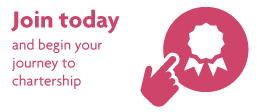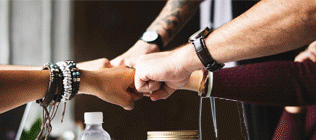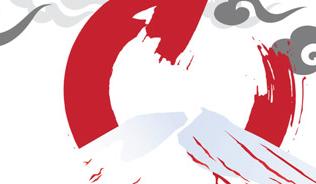The transition to a net zero society is dependent on understanding how our activities contribute to emissions and taking actions to reduce and mitigate these. In development, climate change assessments form a distinct part of the Environmental Impact Assessment (EIA) process as laid out in the Town and Country Planning (Environmental Impact Assessment) Regulations 2017. However, there is currently little understanding or consideration for how the entire project lifecycle contributes to greenhouse gas emissions. For example, the emissions from the assessment process itself and the use of digital tools to support development design, planning and construction are currently little understood.
The IES’s Environmental Impact Assessment (EIA) Community held a joint event with the Chartered Institute for Archaeologists (CIfA) to explore the often under-considered greenhouse gas emissions related to development. The event featured lightning provocations exploring different aspects of emissions that can occur throughout a project lifecycle, including downstream emissions, the impact of heritage assessments, digital-related emissions, and the importance of lifecycle analysis to support low carbon construction.
Watch the lightning provocations
These provocations were followed by an interactive discussion bringing together professionals from across specialisms including EIA professionals, planners and those working in archaeology and heritage assessments to discuss a holistic approach to understanding the carbon emissions from the entire lifecycle of a project and consider how they can support reduced carbon emissions both within projects and in their own activities. By bringing together interested professionals from CIfA and the IES we hope to share ideas, inspiration and provocation, as we work to improve our industry for the future of our communities and our planet.
Summary of discussion
Next steps
This event highlighted the importance of greater communication and collaboration across those involved in environmental and heritage assessments, as well as the importance of these professionals being involved in the design stage of projects.
Data and evidence on carbon emissions from different assessment methodologies are also needed to support a reduction in the emissions from the entire lifecycle of a project, and this is still an emerging area requiring further research, innovation and development of best practice.
The IES will continue to engage and collaborate with other organisations in the sector to support knowledge exchange across specialisms and disciplines and encourage our members to get involved and share their views and knowledge.
How can I get involved?
Join the IES for its annual conference, Dialogue Between Disciplines, dedicated to fostering collaboration and knowledge-sharing between environmental professionals from across specialisms and sectors.
Join the IES’s EIA Community, which provides a forum for thought-provoking, critical conversations around EIA from a science-based perspective. The Community aims to connect and support environmental scientists and practitioners working across a range of specialisms involved in the EIA process.
Join the Heritage Carbon Reduction Network. This Knowledge Hub network is open to the whole heritage sector to encourage cross sector sharing and discussion. It provides an informal online space for heritage professionals to ask questions, share ideas and resources, and generally discuss the issues around carbon literacy, carbon reduction and the historic environment. Request to join the Knowledge Hub online.
Find out more about the resources provided on CIfA’s climate change webpage including our carbon reduction guide table, case studies and infographics illustrating the heritage sector carbon emissions.





